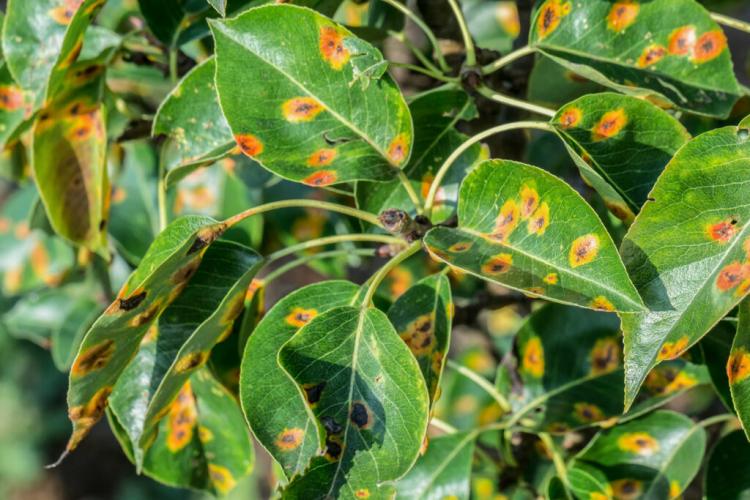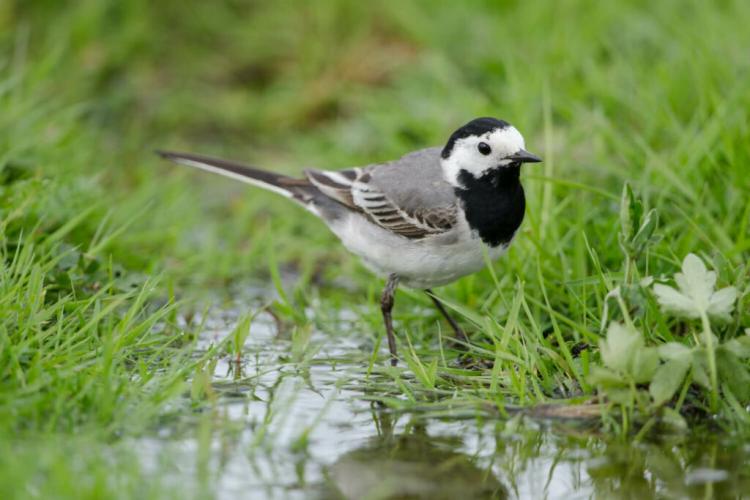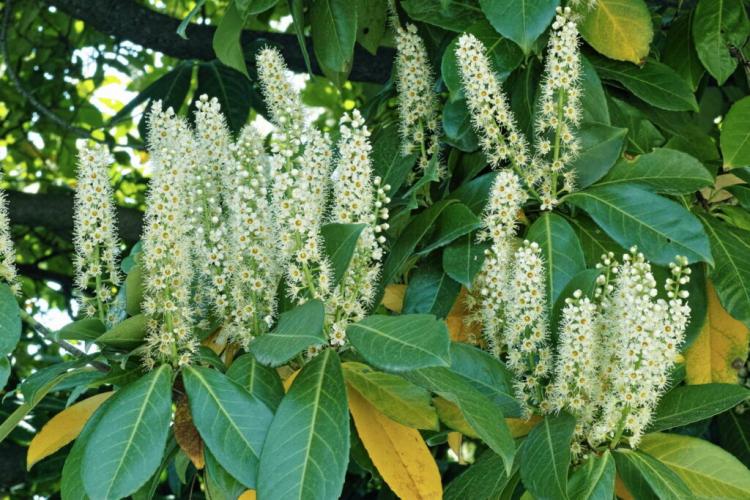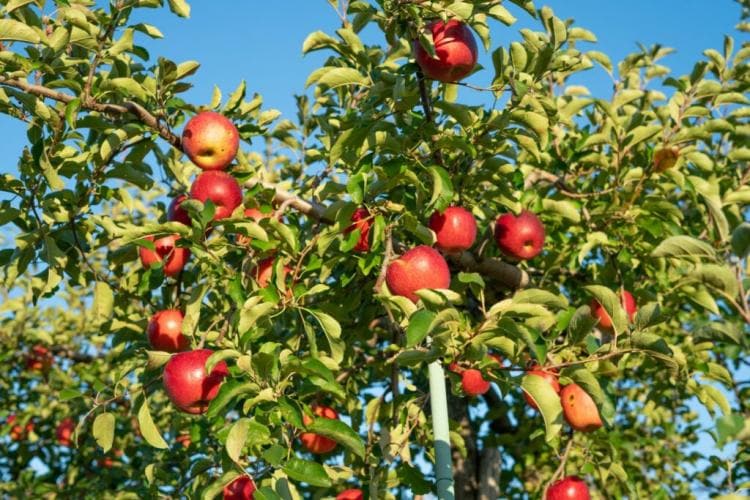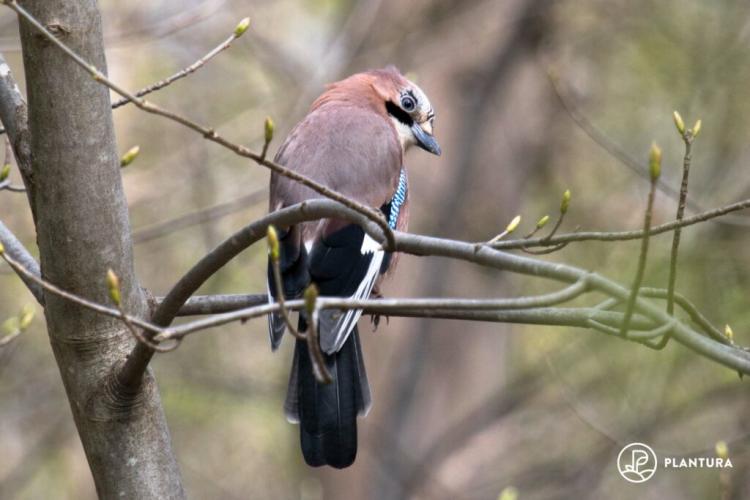Robins: Everything about the nest, food & special features
What do robins eat and when do they breed? How do you distinguish the males from the females of the robins? You can find all the answers to these and other questions about domestic birds in our robin profile.
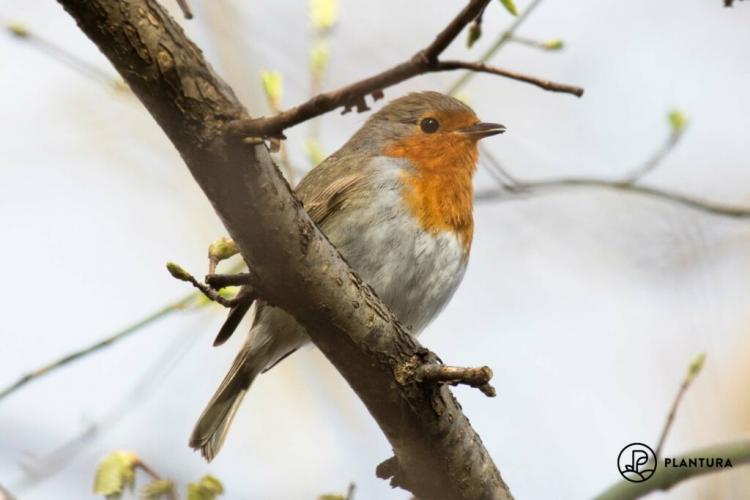
The robin lives up to its name
While other birds fly up and away at the slightest movement, the robin ( Erithacus rubecula ) is fearlessness personified. It is not uncommon for the small songbirds to be approached within a few meters. Their rust-red throat patch makes them distinctive and very common in gardens at home. In winter, the already plump birds often fluff their plumage to form an insulating layer against the cold – which makes them look a bit like a small shuttlecock.
Wanted poster of the robin
Table of Contents
| size | About 14 cm |
| Weight | About 20 g |
| Breeding season | March – July |
| lifespan | About 3 – 5 years |
| habitat | Forests, parks and gardens |
| Feed preference | Insects living in the ground and their larvae, berries, fruits |
| Threats | Nest robbers, food shortages in winter |
This is how you recognize the robin
The robin is a rather small songbird with a rounded stature. The back and elytra are colored olive brown; the belly is significantly lighter and more grayish-white. The breast, on which the name of the robin is derived, is rust-red in color. The bright color extends over the beak to the eyes. Because of this noticeable feature, the robin can be identified very clearly. Another special feature are the conspicuously large black eyes, which ensure sufficient incidence of light at dusk.

The rust-red throat patch is the most noticeable feature of the robin
What does the robin singing sound like?
The robin’s song begins with some high, clear notes and then falls into a faster, chirping verse that has a somewhat melancholy sound. Also very characteristic are the calls that usually sound at dusk, like a fast ticking clock: “Tick-tick-tick-tick-tick”.
The robin’s song sounds like this:
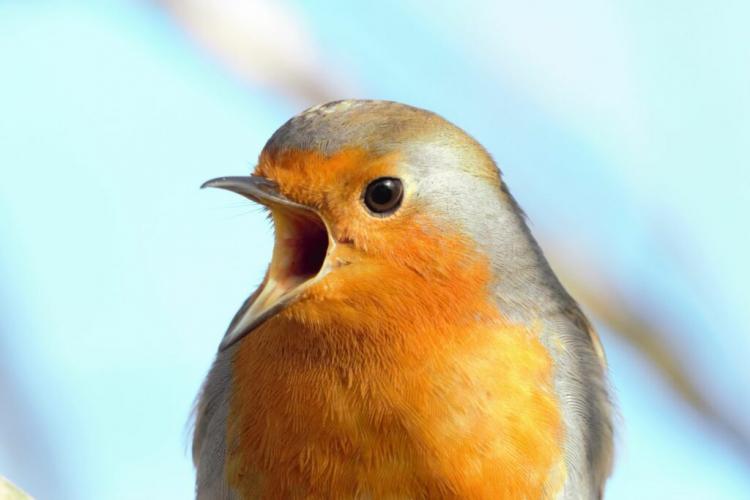
The robin’s song sounds a bit melancholy [Photo: David James Chatterton / Shutterstock.com]
How do you recognize the young birds?
Young robins are by no means as conspicuous as their parents because they do not yet have a rust-red throat spot. Their brown plumage is streaked with golden yellow and only the light tummy reminds of the adult robin.

Young robins are still quite inconspicuous [Photo: Ihor Hvozdetskyi / Shutterstock.com]
How do you recognize the robin’s eggs?
The robin produces between four and seven eggs per clutch. These are about two centimeters in size, have a whitish-yellow basic color and are covered with reddish-brown spots.

The robin lays up to seven eggs per brood [Photo: Stphanie CROCQ / Shutterstock.com]
How do male and female robins differ?
At first glance, female robins do not differ from males. One of the distinguishing features is the gray border around the red breast, which is wider in males than in females. However, this characteristic also changes with the age of the animals and is therefore difficult to assess for the inexperienced eye. Since females only rarely sing, it is very likely that the singing-happy specimens can be identified as males – at least during the breeding season.
What does the perfect habitat for robins look like?
Robins prefer breeding areas near water, naturally in deciduous, mixed or coniferous forests, but also in man-made landscapes such as parks and gardens. Since they primarily look for food in the soil, some areas with little undergrowth are beneficial.
Where do they build their nest?
Robins build their nests near the ground. In the forest they use the undergrowth and natural cavities, in cultivated landscapes hedges, brushwood piles or piles of wood. The bowl-shaped nest is made from moss and grass and padded with animal hair or feathers.
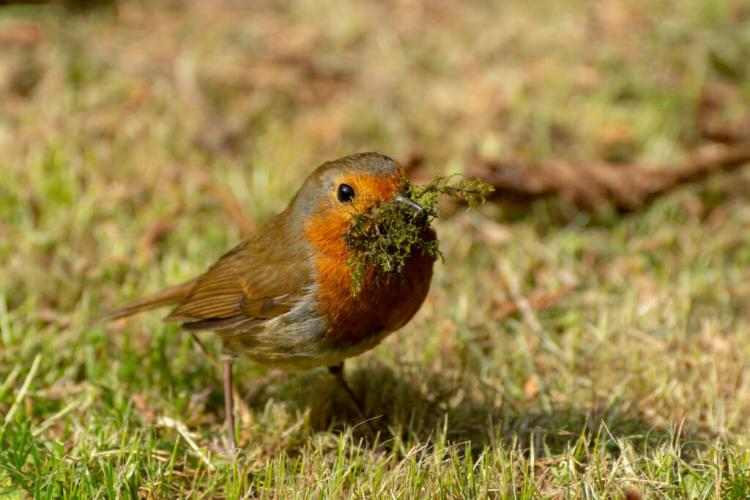
Moss is a popular nesting material for robins [Photo: Nimur / Shutterstock.com]
When is robin breeding season?
European robins breed from March to July. Up to three broods are possible during this time. The female incubates the eggs for about 14 days and is supplied with food by the male during this time. After hatching, the young are cared for in the nest for a further 14 days. During this time they are very susceptible to nest predators such as cats, martens or magpies due to the nest close to the ground. Because of this high mortality, the parents often start building the next nest before the first brood is completely independent.
Where do robins spend the winter?
Our domestic robins also spend the cold season in their breeding area. The males defend their territories all year round, which is why you can still hear them singing in the late season. A special feature of the robin is that in winter the females also partly occupy territories that provide them with food in the barren times. Then in spring they return to their partners from last year.
Support robins: this is how it works
Although robins are often found in home gardens, there are a number of ways to make it easier for them to settle. Garden birds often need additional support, especially in winter, because the natural food supply is often insufficient.
Food for robins
Robins prefer to look for small insects and their larvae in the ground. But they also use berries and fruits. Soft feed in the form of oat flakes, raisins and apples can be offered as additional feed. Our Plantura year-round bird food is also great for robins. The colorfully mixed birdseed contains many valuable ingredients, which thanks to their beak-sized size and an extra load of protein not only help the birds through the winter, but also support prospective bird parents during the breeding season.
Which nest boxes are suitable for robins?
As an artificial nesting option, half-cave boxes are well suited for robins. Instead of a round entrance hole, these have a larger opening that should be ten centimeters high for robins. Graycatchers, white wagtail and wren are also happy about these nesting aids. You can find further tips on the material, the dimensions and the correct cleaning in our article “Build your own nest box”.
How can you give robins additional support?
Since robins prefer to search for insects in the ground, a healthy bottom fauna is essential for them. Our Plantura organic soil activator helps you to specifically improve the life of the soil and, thanks to its mainly organic components, has a sustainable and environmentally friendly long-term effect.
Robins are real water lovers. They are therefore often found near bodies of water and in wetter areas. If you don’t want to create a stream right away, you can also take advantage of a simple bird bath, in which robins like to splash around extensively.
Tip: A bird bath always acts as a bird bath at the same time. All other garden birds, for example blackbird or great tit, are happy about this, especially in hot temperatures.

